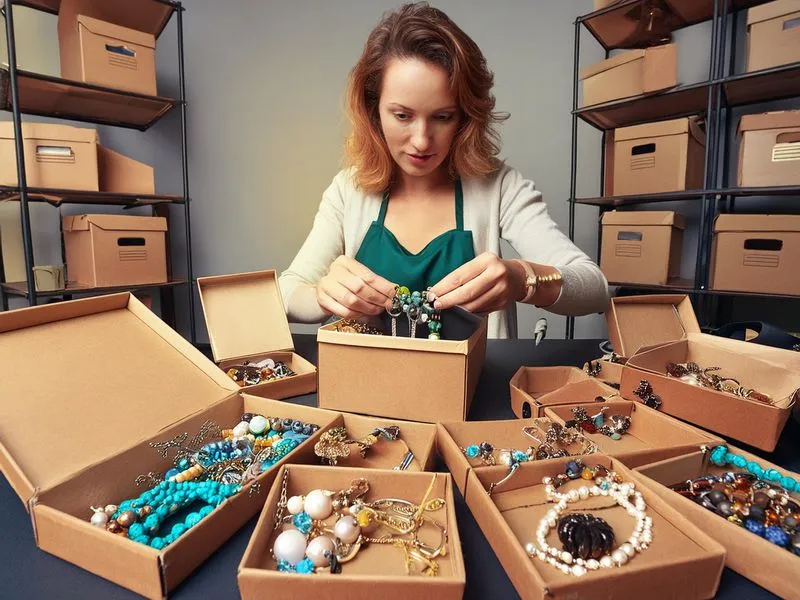Whether you sell products online or at brick-and-mortar stores, shipping is one of the foundations of your brand.
Shipping boxes are standard, especially for retailers that mail orders to customers. But to compete with other businesses, you must make your packaging unique. That's where custom shipping boxes come into play.
In today's post, you'll learn what makes custom shipping boxes necessary for order fulfillment and how to create your own.
What Are Shipping Boxes?
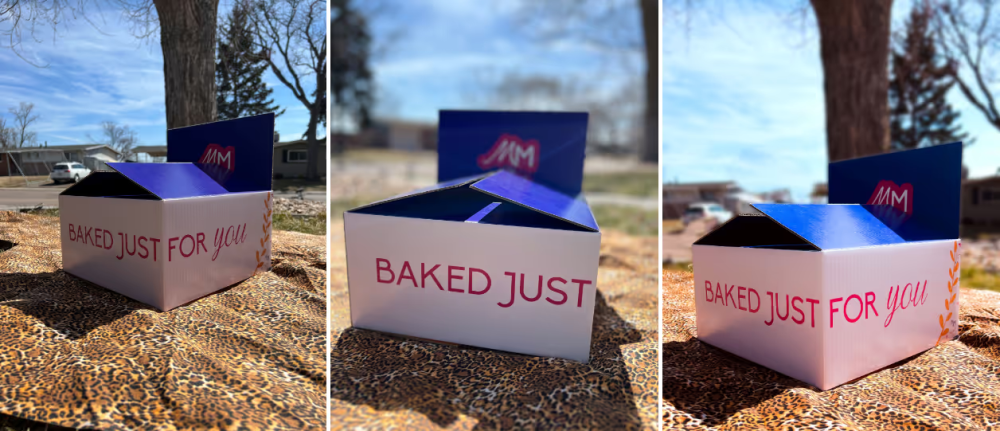

Branded Shipping Boxes by Curly Cue Design Studio
Shipping boxes are outer packaging you use to ship products to customers — though they have other uses. They're made from corrugated cardboard, a material thick enough to absorb the impact caused by transport.
More importantly, shipping boxes can withstand a lot of product weight. As to how much, it will depend on several factors. It's better to ask your printing partner to be sure.
They come in various styles with the snap-lock bottom being one of the most common. Shipping boxes come in standard sizes, but some printing companies will let you specify the dimensions.
Why Use Custom Shipping Boxes?
Aside from making it easier to mail products to customers, custom shipping boxes have other benefits.
Build Brand Identity
Companies that use plain shipping boxes aren't able to build their brand identity. Within custom shipping boxes, you can expose customers to your business name, logo, and other branding elements.
Not only will this help them become more familiar with your company, but it will also make you look more established. Both of these will help you earn their trust and loyalty.
Target Specific Groups
You can create designs that will appeal to your target audience. For example, a classy, minimalist design might work better if you cater to sophisticated crowds.
Using custom boxes also lets you insert messages that appeal to your customers. Talk about what makes your products suitable for them. You can also introduce other items they might find interesting.
Improve Unboxing Experience
You can't underestimate what a great unboxing experience can do for shoppers. The correct shipping box will leave customers impressed. You want to create excitement over your products before they open their boxes.
That's not something a nondescript box can do. There are box companies that will let you print inside the box. So you can leave messages there.
Separate Yourself From Competitors
Your custom box can differentiate you from your competitors. Use your boxes to show everyone why they won't regret trusting your brand. Make your brand unforgettable with a distinct box design and ad copy.
Try introducing your customers to your company's initiatives. If you're an eco-friendly business, for example, you can state that in your shipping boxes.
How to Customize Shipping Boxes


Shipping Boxes by Pretty Girl Bangles
Follow these steps to customizing shipping boxes to create packaging you'll be happy to call your own.
Choose a Box Type
There are several types of shipping boxes to choose from. Standard shipping boxes are the most common, but you can also use mailer boxes if you need something smaller. Mailer boxes also have a distinct look, making them ideal for subscription services.
You can also use economy shipping boxes. These are just as sturdy as standard boxes. The main difference is that you get fewer options when it comes to the type of corrugated board used. One advantage of using economy shipping boxes is that they're more affordable.
Find the Right Materials
Most shipping boxes are made from corrugated boards. However, there are different types of corrugated boards.
For instance, you can select kraft as your material. These are the brown cardboard boxes most people think of when talking about shipping boxes. It's an excellent option for eco-friendly companies because of kraft's organic look.
Standard and premium white are other options. You'll want to use these if your design requires accurate colors.
Measure Your Products
It's a good idea to lay your products on a table, stack them together, and measure them to get a general idea of how big your boxes need to be. Try different configurations to see which one is the most efficient.
Remember that the size and weight of your boxes will affect shipping costs. You want to keep them as light and compact as possible. In addition, packing your boxes tight will keep your products safe since there's less room for them to move around.
Consider Box Fillers
Packaging fillers will dampen any accidental blow your shipping boxes receive during transport. If you have concerns over product safety, try to find filler materials like custom tissue paper to keep products from rattling inside your boxes.
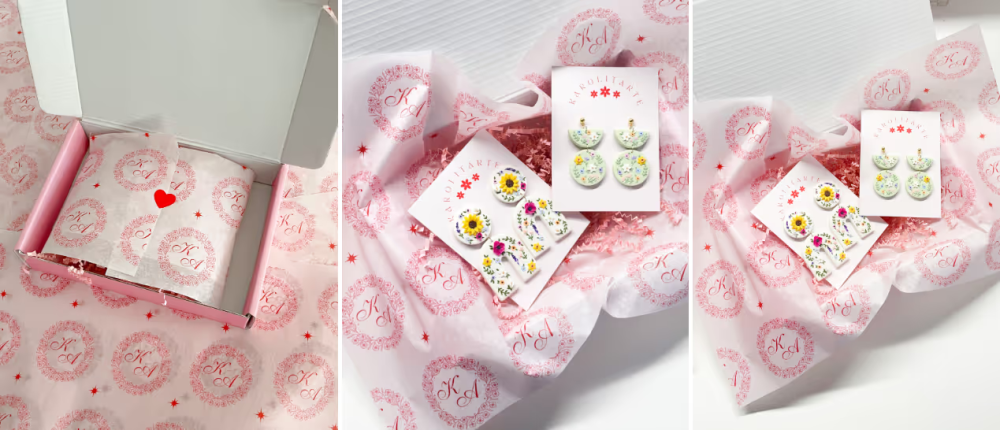

Custom Tissue Paper by Karolitarte
There are other box filler products available in the market. However, some aren't environmentally friendly which might disappoint some customers. Do some research to see which box fillers are suitable for your business.
Create a Design
The best way to create a shipping box design would be through an in-house designer. You can simply describe what you want your box to look like and your designer can handle everything else.
Someone with experience designing packaging materials would be ideal since they should already be familiar with industry terminologies and requirements. You can also hire freelancers to make the designs for you.
Note: PackM has a Design Tool feature that lets you create shipping box designs online for free.
Get a Quote
Once ready, you can look for an online printing company that does shipping boxes. Let it know how many boxes you need to get a quote.
Fortunately, there are printing companies that do real-time quotes through a built-in calculator. This makes it easier to understand how much your custom boxes will cost.
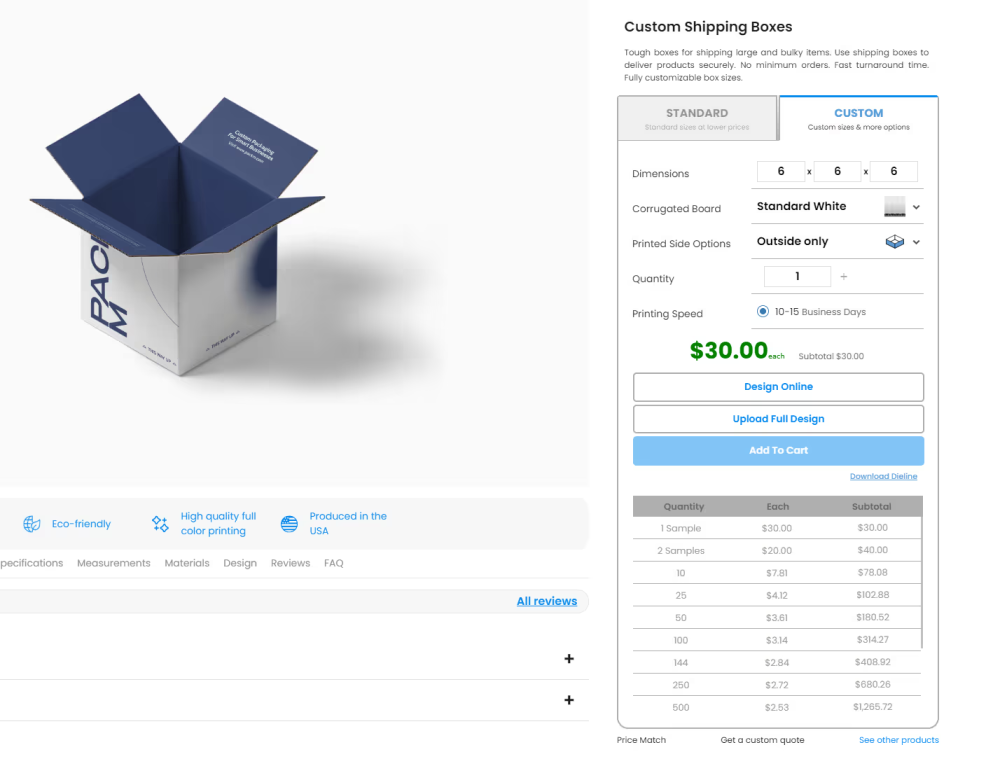

Review the Design
Submit your design and have someone in the company review your design. This is an important step. It'll make sure that your boxes turn out exactly the way you want them to.
The printing company will make sure your design complies with bleed lines and other technical requirements. You can ask the printing company for templates if they have them.
Custom Shipping Box Design Tips


Gift Boxes by Raven Gift Co.
Here are a few things you'll want to remember when designing shipping boxes for the first time.
Branding
Think hard about your company branding. You'll want something that people will easily remember. It should also impart your message. Don't forget to include your branding elements.
Typography
The fonts and font sizes you use are also important. Some businesses get carried away to the point that people cannot read what's on their boxes. Try to keep it simple and legible.
Color Scheme
Don't be afraid to use colors. You can experiment with color schemes to make your shipping boxes stand out. You can't go wrong with using your company colors.
Images
You can add images to make your boxes more interesting. A flattering picture of your products will do. But you can be as creative as you want. Using illustrations is another option.
Shipping Box Alternatives
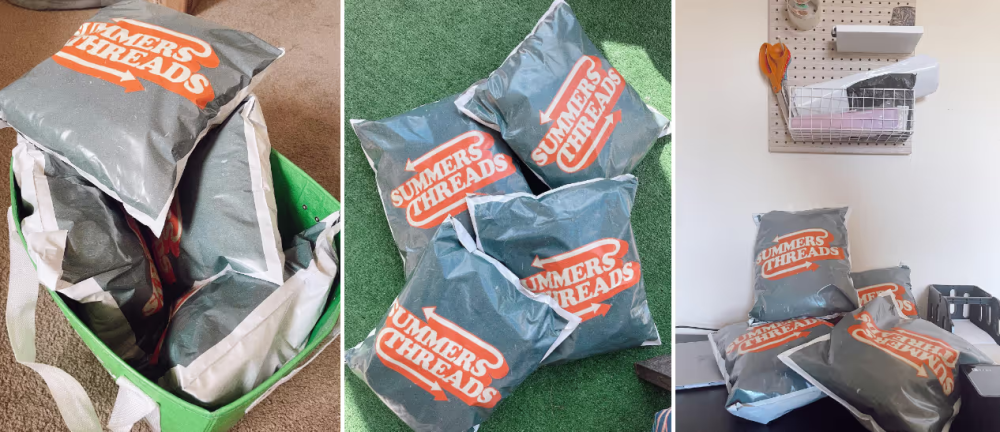

Poly Mailers by Summers Threads
You don't have to use shipping boxes to mail products to customers, especially if they only order small quantities.
Poly mailers are good for sending a couple of items to customers. These are plastic envelopes that can keep products safe from the elements during shipping.
You can also use bubble mailers to ship items. These work like poly mailers but have built-in bubble wrap to keep their content safe.
Recap
Custom shipping boxes let companies protect their products during transport and make their branding memorable. When customizing boxes, you'll want to:
- Choose the right box type and materials
- Figure out what size your boxes should be
- Think about using box fillers or not
- Create your design
- Get a quote and have your design reviewed
If you'd like to learn more about shipping boxes for businesses, talk to a PackM representative. Give us a call or get in touch via live chat. You can also email us at sales@packm.com


